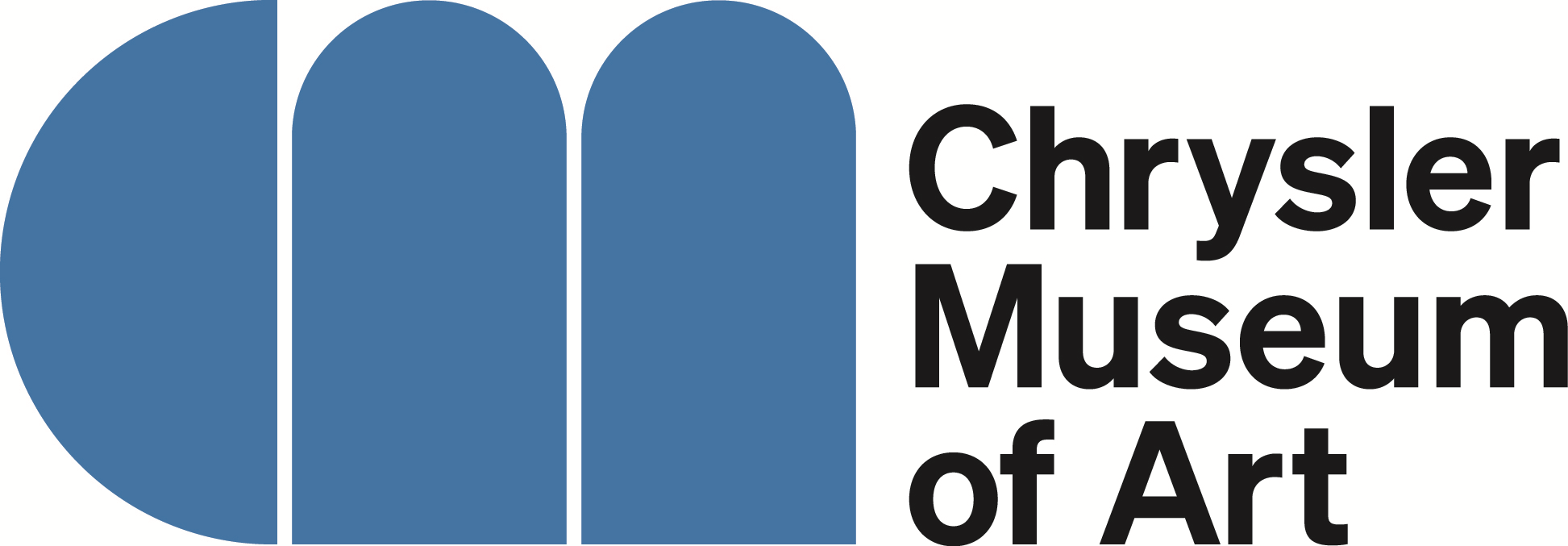The Resurrection from The Large Passion
Artist
Albrecht Dürer
(German, 1471-1528)
CultureGerman
Dateca. 1497-1511
MediumWoodcut on laid paper
Dimensions15 1/2 x 11 1/8 in. (39.4 x 28.3 cm)
Overall, Frame (2 pcs. in series framed together): 25 1/4 × 33 1/4 in. (64.1 × 84.5 cm)
Overall, Frame (2 pcs. in series framed together): 25 1/4 × 33 1/4 in. (64.1 × 84.5 cm)
InscribedWatermarks: Triangle with Six-Petal Flowre, Meder 127, dated 1471-1524, on five prints in the set; Tower with Crown and Flower, Meder 259, dated c. 1475, on two. Meder states that the two watermarks often appear together in the three large woodcut books of 1511.
PortfolioThe Large Passion
Credit LineGift of the Mowbray Arch Society, 2004
Object number2004.19.12
Not on view
DescriptionPage from a set of twelve woodcuts depicting the Passion of Jesus of Nazareth (the sufferings of Christ between the night of the Last Supper and his death) produced by Albrecht Dürer between 1497 and 1511. The sequence of watermarks is consistent with that found in original sets of The Large Passion - i.e., sets that have remained intact from the time they were published by Dürer in 1511.Label TextAlbrecht Dürer German, 1471–1528 The Large Passion, ca. 1497–1511 Woodcuts (prints) on laid paper Like many Old Master print series, Albrecht Dürer’s Large Passion was originally issued in book form. Its title page with The Mocking of Christ serves as an introductory meditation on Christ’s eternal suffering for the sins of mankind. The 11 woodcuts that follow present a full account of the Passion, the final sufferings and the resurrection of Christ. Each scene is rich with narrative detail and resonant with emotion. Latin text describing the scenes can be found on the reverse of each sheet. The earliest European woodcuts date from the late 1300s, but they remained minor efforts until Dürer perfected the new graphic form in prints like these. He was also the first northern European artist to grasp the artistic language of the emerging Italian High Renaissance. The Large Passion traces his gradual embrace of the Italian style. The earliest woodcuts, like Christ Carrying the Cross and The Crucifixion, are crowded and compressed—lingering features of the northern Gothic style. The later prints, like The Last Supper and The Resurrection, made after a trip to Venice, are ordered and more open in design, offering an increasingly convincing depiction of three-dimensional space. left to right 1. The Mocking of Christ 2. The Last Supper 3. The Kiss of Judas 4. Christ on the Mount of Olives 5. The Flagellation 6. Ecce Homo 7. Christ Carrying the Cross 8. The Crucifixion 9. The Lamentation 10. The Deposition 11. The Descent into Limbo 12. The Resurrection Gift of the Mowbray Arch Society 2004.19.1–.12ProvenanceVendor: David Tunick, Inc. Exhibition History"Serial Thrillers: The Lure of Old Master Print Series," Chrysler Museum of Art, Norfolk, VA, October 1, 2015 - January 10, 2016.














